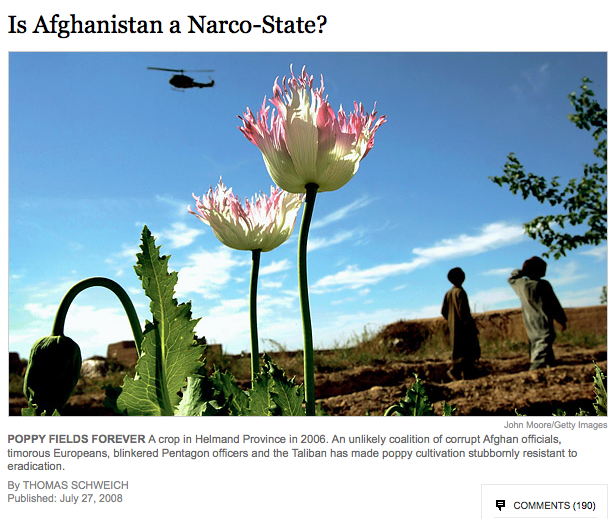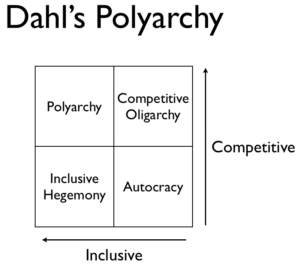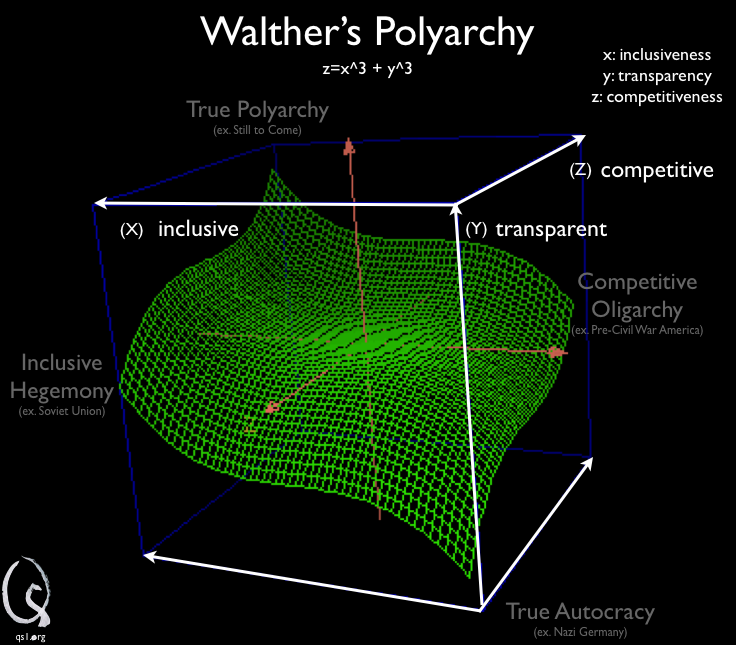This week’s NYTimes Sunday Magazine had a silly/destructive article titled “Is Afghanistan a Narco State?” Quick answer: obviously yes. It was written by Thomas Schweich, a professor at Wash U and a drug warrior extraordinaire who seems to believe that advancing America’s failed drug war policies in Afghanistan is more important than stabilizing that troubled nation. Shweich is another delusional drug warrior and his presence in the NYTimes shows, once again, that the newspaper of record is asleep at the wheel.
 Schweich five pages are summed up when he complains how “an odd cabal of timorous (nervous) Europeans, myopic (lack of imagination) media outlets, corrupt Afghanis (including nearly everyone in the current Afghan government), blinkered (?) Pentagon officers, politically motivated Democrats and the Taliban were preventing the implementation of an effective counterdrug program.” It’s true: everyone is against his plan to implement an aerial eradication program to destroy Afghan poppis. But why? First, it’s important to note that when he says ‘effective counterdrug program’ he is using the $5 billion Columbia eradication program as a benchmark of success. The same day this article was published the NYTimes also published this interesting article that deems the Columbian eradication program a failure. Second, you can ask any New York hipster about the price of blow on the street and they’ll smile very big. More surprising than his faith in his silly/destructive program is his near comic confusion as to why all these forces won’t allow him to use planes to spray herbicide over thousands of areas of Afghani farms.
Schweich five pages are summed up when he complains how “an odd cabal of timorous (nervous) Europeans, myopic (lack of imagination) media outlets, corrupt Afghanis (including nearly everyone in the current Afghan government), blinkered (?) Pentagon officers, politically motivated Democrats and the Taliban were preventing the implementation of an effective counterdrug program.” It’s true: everyone is against his plan to implement an aerial eradication program to destroy Afghan poppis. But why? First, it’s important to note that when he says ‘effective counterdrug program’ he is using the $5 billion Columbia eradication program as a benchmark of success. The same day this article was published the NYTimes also published this interesting article that deems the Columbian eradication program a failure. Second, you can ask any New York hipster about the price of blow on the street and they’ll smile very big. More surprising than his faith in his silly/destructive program is his near comic confusion as to why all these forces won’t allow him to use planes to spray herbicide over thousands of areas of Afghani farms.
To him, the calculation is simple:
Less poppy = less opium = less money for the Taliban and fewer drugs on the street. Unfortunately the world is slightly more complex.
The Army hates his plan because they know that:
American led destruction of Afghan property = angry Afghans = more Taliban sympathizers = more dead American soldiers and a more difficult war.
Economists hate his plan because they know that:
Less Afghan poppy = unmet demand for opium = more south Asian poppy = no change on the street.
Clearly Schweich isn’t familiar with that economic reasoning because he was surprised when the South Asia Office in the Pentagon ‘made an about face’ and resisted his aerial eradication program. Obviously, they didn’t want to watch their hard work evaporate as the poppy crop rushed back into their area of responsibility.
I’d like to leave the reader with the following undisputed information. The Netherlands, like many developed nations, had a growing number of heroine addicts. Instead of increasing the jail time for addicts or venturing around the word trying to kill other people’s crops, they began selling heroine themselves and even helped addicts administer the potentially lethal drug. The number of addicts has been going down ever since. The Dutch realized that if addicts get their fix from health care professional instead of back alley drug dealers, addicts are many many times more likely to be convinced to enter treatment. They have the best of both worlds: less heroine addicts and less taxpayer expense. That policy is now being used in British Columbia, Switzerland and Germany.
Finding English language mainstream media information about such programs is difficult but the NYTimes mentions them here, the alternative press here and the medical press here.
At the end of his article, Schweich proposes a ‘simple plan’ to eliminate heroine productions in Afghanistan:
1. Force Karzai to have a zero tolerance policy. (Everyone paying attention knows this will lead to Karzai’s defeat in the next election to a candidate who resists US destruction of his constituents’ property.)
2. ‘Enable force-eradication.’ (This would entail the Afghan army spending its resources and risking their lives to destroy the crops of their fellow countrymen.)
3. Increase the amount of DEA in Kabul. (Shocker.)
4. Fund development and education projects. (I advocate this one. Smoking opium is a sin in Islam and the culture should prevent more farmers from planting it.)
5. Ask the allies to help. (The allies hate US drug policy so I won’t hold my breadth.)
I have a simpler plan.
1. Treat Afghani opiates like we treat the multinational pharmaceutical companies’ opiates (OxyCodone, Vicodin, Codine and the hundreds of others). Regulate it, tax it and follow the Dutch plan for distribution.
As soon as you regulate instead of criminalize drugs, the (violent) black market disappears. The Taliban would lose their primary source of revenue and the Afghan people would respect us because we would be respecting them. Of course, Thomas Schweich would prefer the US government legislating international morality (and legislating it ineffectively) instead of winning the war in Afghanistan. He needs a little perspective.
I suggest reading the article on Colombian eradication of cocoa. It shows, once again, that the black market is creating violence in Columbia and, now that FARC is on the decline, smaller groups are filling the void with their own drug-money-fueled armies. It’s a sad state of affairs.

